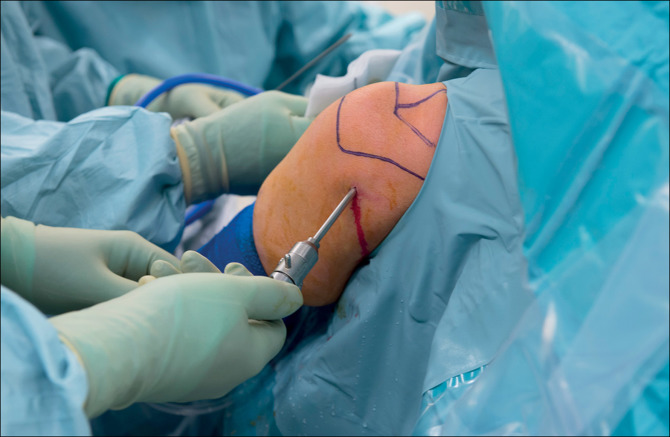If you’ve ever experienced a sprained ankle or broken bone, you know that swelling at the site of injury is a common occurrence. It’s all part of the healing process! Blood vessels relax, which increases blood flow to the region. This, in turn, brings white blood cells and other elements of the immune system to the injured tissue. Damaged tissue is cleared, which makes way for new growth and healing. However, inflammation and swelling come at a price. They stretch nerves coursing through the area, resulting in the sensation of pain.
Infections Also Cause Swelling
Injuries are not the only cause of swelling. Infections also bring increased blood flow and elements of the immune system to an affected region. Skin and joint infections may look similar to an injury, but there is no history of being hurt, and additional signs may be present, such as fever or discharge at the site of swelling. It is important to distinguish infections from injuries because they often need an antibiotic and/or drainage of infected material
Treating Inflammation and Swelling
In the initial stage of inflammation, the body tends to exaggerate the response, which results in lots of swelling, stretched nerves and pain. While this is helpful for the job at hand, it poses a degree of discomfort that varies from one person to another. There are some things you can do to ease the pain. Applying an ice pack for 20 minutes every couple of hours helps reduce swelling. The cold causes blood vessels to constrict, which decreases blood flow to the area. However, it’s important to avoid direct contact of ice on skin as this can cause frostbite.
Resting the swollen area and elevating it above the level of the heart (if possible) can also help. Non-steroidal anti-inflammatory drugs (NSAIDs), such as ibuprofen, reduce inflammation at the site of injury or infection and reduce the sensation of pain in the brain. Although we are reducing inflammation and swelling, there is still adequate work being done by the immune system. However, as time passes and the initial inflammatory response slows down (usually in 2-3 days), it’s time for a change in strategy.

At this point, we want to encourage a small amount of inflammation to continue the healing process. Switching from ice packs to gentle heat will provide comfort and encourage continued blood flow to the area. This is also a good time to switch from ibuprofen to acetaminophen, which reduces the sensation of pain without interfering with inflammation at the site of injury or infection.
When to Worry
When inflammation results in severe swelling, significant pain and/or fever, it’s best to see a doctor right away. This will result in a timely diagnosis and the right treatment. If your regular doctor is not available, a trip to a pediatric urgent care center or emergency department is in order. If there is a known injury, and the swelling and pain are mild, it’s reasonable to start treatment at home. However, if the symptoms have not improved in 2-3 days or if they are worsening, it’s time to be seen. Finally, if symptoms improve but then worsen again… or any time a fever is develops… give your doctor a call or head in to be seen!












